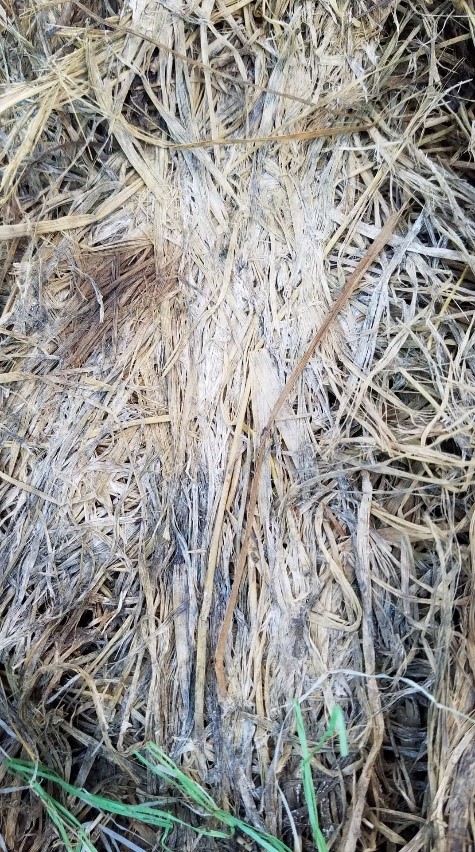
It is that time of year when much cool-season grass and legume hay is being made in Indiana.

It is that time of year when much cool-season grass and legume hay is being made in Indiana.
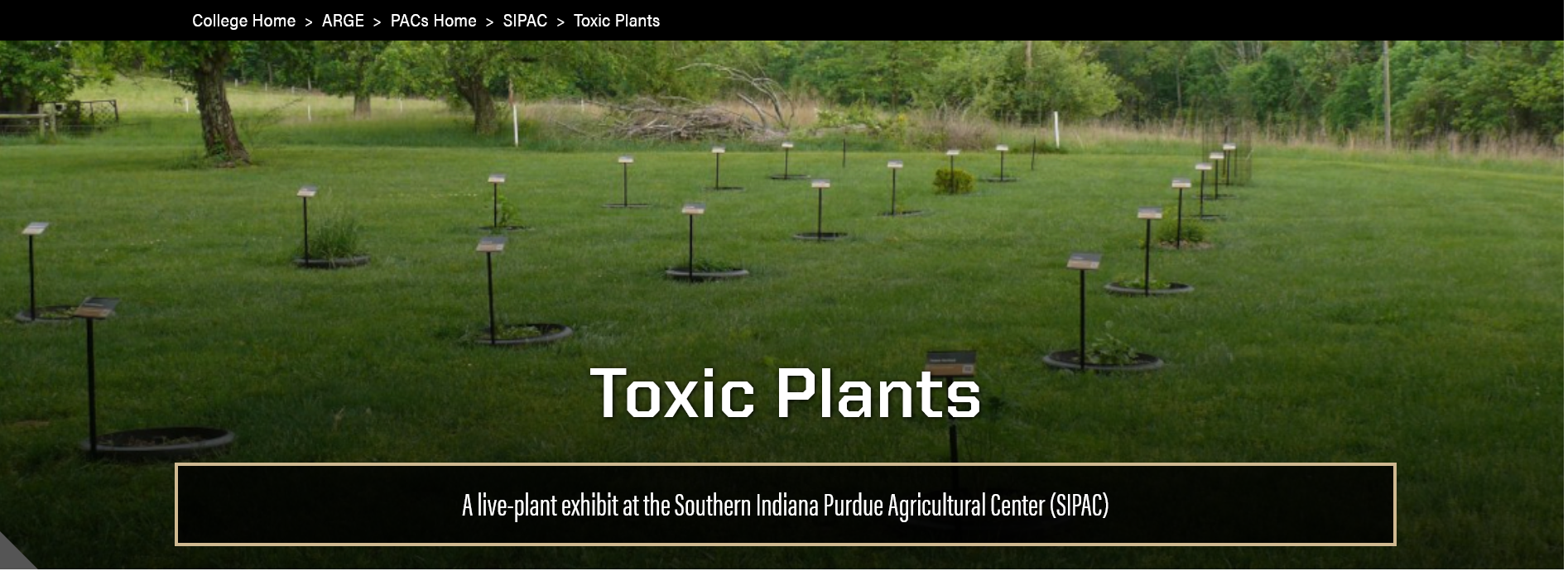
Recent conversations with individuals about poison hemlock and cressleaf groundsel, plants with toxicity concerns, prompts me to inform producers and agricultural professionals about the “Toxic Plant Exhibit” at the Southern Indiana Agricultural Center.
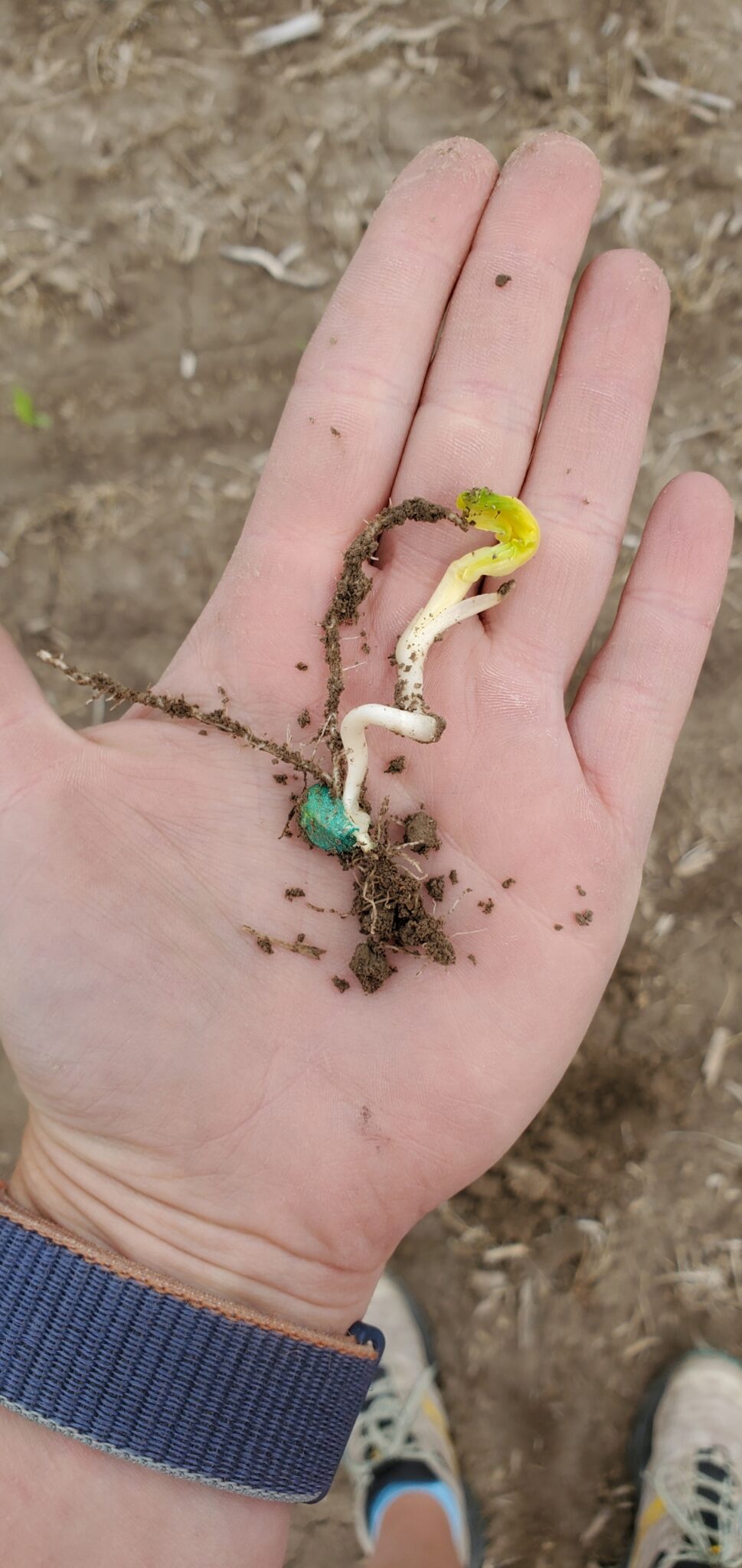
As planting season begins and corn plants begins to emerge, a very important step to take each spring is to assess the emergence of the corn plants and take note of any abnormalities, missing plants, or uneven emergence patterns.

With the help of an endowment, a small decorticator was purchased to process hemp stalks.
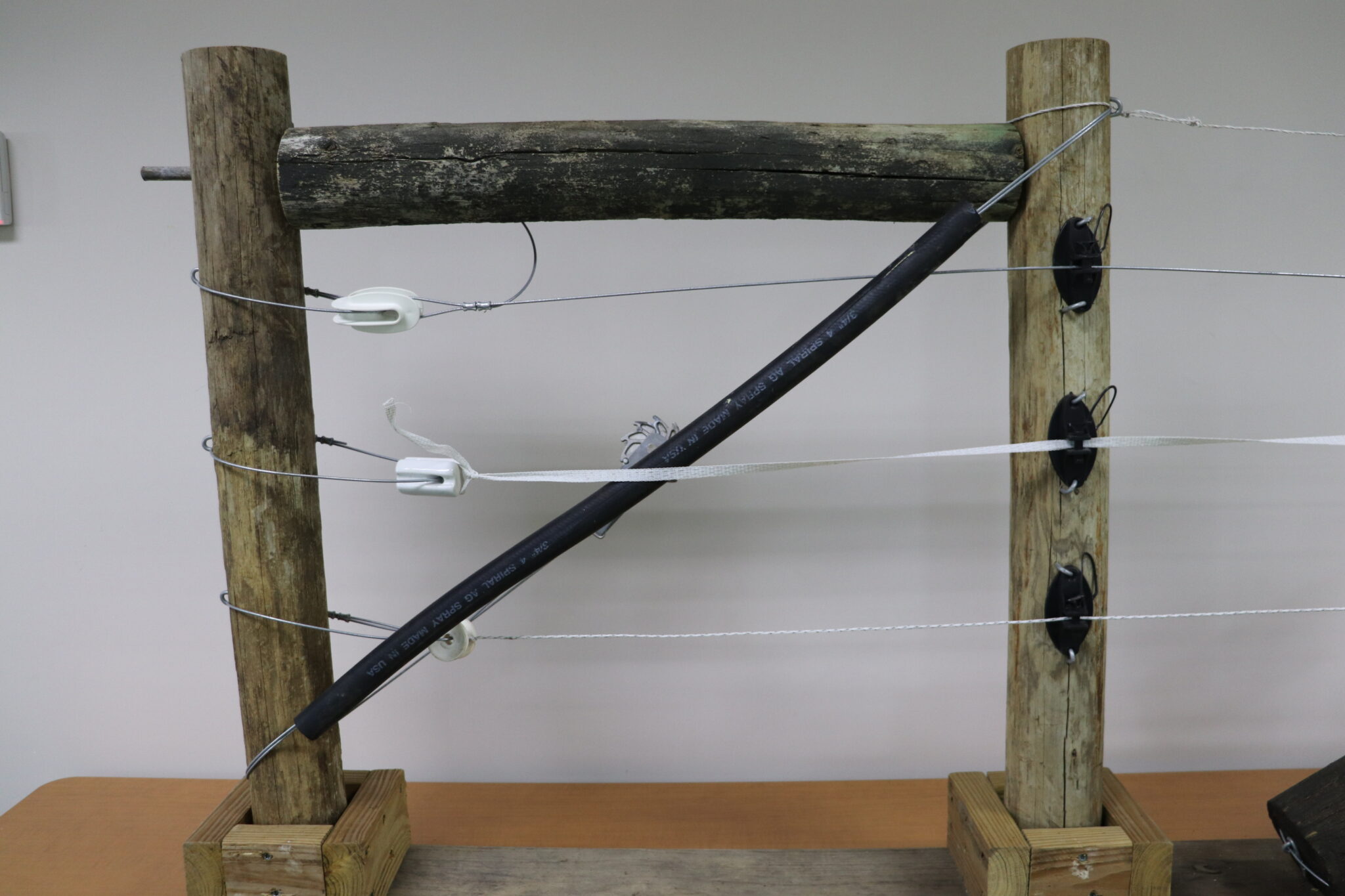
A planned fencing system is critical to an effective pasture system.
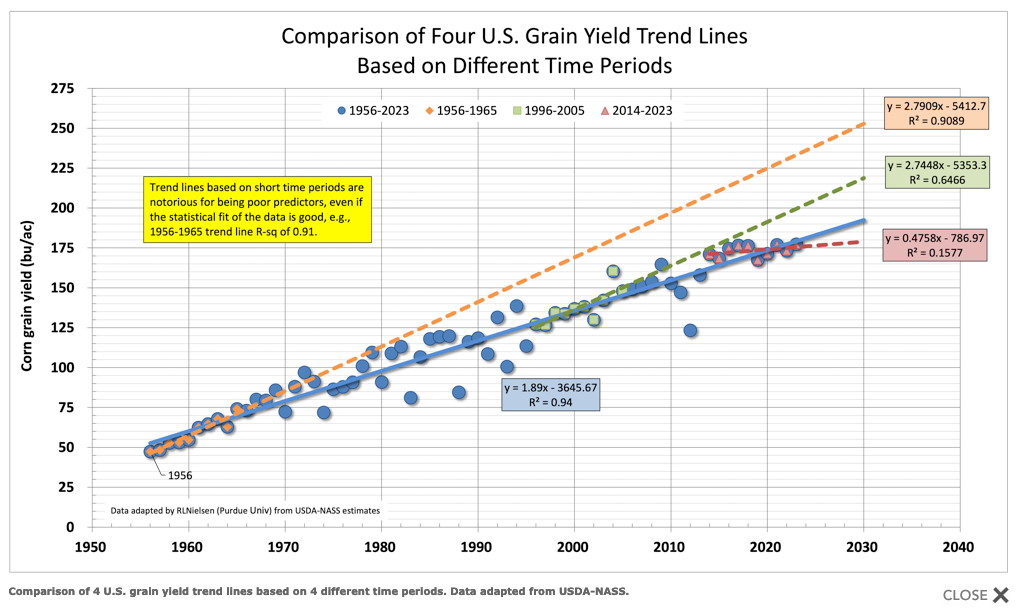
Historical trends in grain yield and the prospect of using them to predict future grain yields are of interest to a wide range of folks involved with row crop agriculture, from farmers to global grain marketing specialists.
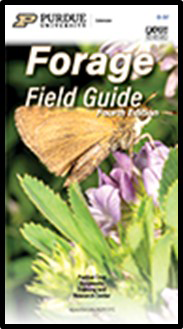
The Purdue Forage Field Guide and subscriptions to forage magazines have great value if information learned is utilized in the forage business.

Quite a few farmers throughout the northern half of Indiana are frustrated with the slow drydown of the 2023 corn crop, especially since some grain elevators are refusing to accept grain deliveries with moistures above certain levels, e.g., 27%.
The cost of seed corn represents 17% of farmers’ variable cost of production, second only to the cost of nitrogen (N) fertilizer.

It is now time to evaluate fields for any stalk or ear rot symptoms. This will aid in making assessments about field harvest order and if there is a risk of mycotoxin contamination.
© 2026 Purdue University | An equal access/equal opportunity university | Copyright Complaints | Maintained by Pest&Crop newsletter
If you have trouble accessing this page because of a disability, please contact Pest&Crop newsletter at luck@purdue.edu.